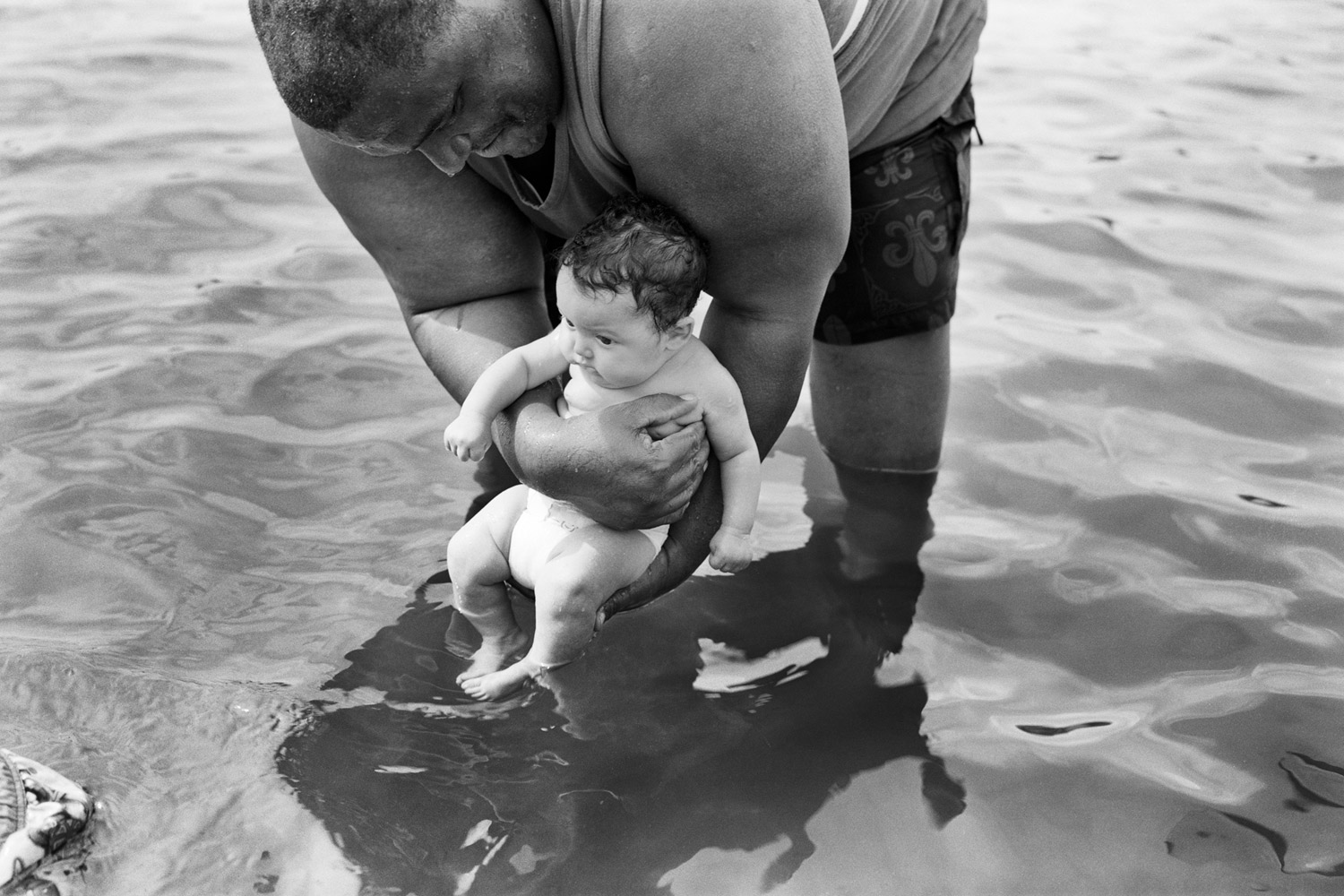
For years, New York based photographer Yola Monakhov honed her craft documenting the conflict in the Middle East and with personal projects in Russia. But after completing her MFA in photography at Columbia in 2007 and accepting a position teaching introduction to photography there, Monakhov realized that she longed for the complete control that the black and white medium allows.
In Empire Pictures, she approaches her subject matter much in the same way as she did when shooting news stories abroad but chooses instead to slow down the process.
“I thought, what if I took that 4×5 camera and tried to photograph like a street photographer? And I came up with a little system and was able to walk around and set up quickly and make photographs really locally. It was an attempt to photograph where I lived — it grew from there,” recalls Monakhov in an interview with TIME.
The project took Monakhov from NY Harbor to Hamilton Heights, her neighborhood in West Harlem — which happens to be just a couple of blocks away from the river — all the way up to Glen Falls, Hudson Falls, and to the Champlain Canal. One of the first pictures that inspired the direction of the project was a portrait of twin sisters that she made in St. Nicholas park. Monakhov wanted to connect her portraiture and architecture work on the street to the idea of the nearby river as a foundation of the culture and the history that unfolded alongside it.
“Metaphorically speaking – sometimes the river gets a little lost. We think about everything that happens in NY but don’t think about the natural geography quite so much. If anything, we think of the Hudson as something to cross on a bridge. I became interested in the different ways that the river functions,” said Monakhov.
During graduate school, Monakhov became interested in the The Hudson River School of landscape painting from the 19th century. Those artists portrayed the Hudson River Valley as a sublime landscape, and felt that painting could express the mightiness of nature and man’s small place in it. This got her thinking about how we perceive this same geography today, setting out to re-examine that visual tradition of depicting the landscape and people around the Hudson with her camera.
The multiple connections between the social, personal, historical and industrial are at the heart of Empire Pictures. There is a sharp contrast between the joy of fishing and swimming in the river with having Sing Sing prison holding thousands of inmates nearby. There are also complicated reminders from the past, ranging from historically significant forts and battles of the revolutionary wars over a hundred years of industrial pollution. All of these things are still there in one form or another, in the culture of the people, in the rusting objects nearby or the PCBs in the water — beauty and danger washed together.
“I would like to make the viewer experience and recall his place in the physical, material world when looking at the photographs. How do the landscape, geography, and architecture relate to the stories and express the desires and aspirations of its inhabitants? I’m interested in photography as a medium that looks at life as it is reflected from and refracted by objects, and I think of the river as a type of mirror, held up to the landscape.”
Monakhov is in the final stages of completing this project and shaping it into book form. This fall, she will begin a new position teaching photography at Smith College in Northampton, Mass., next to the Connecticut River.
She is represented by the Sasha Wolf Gallery in New York.
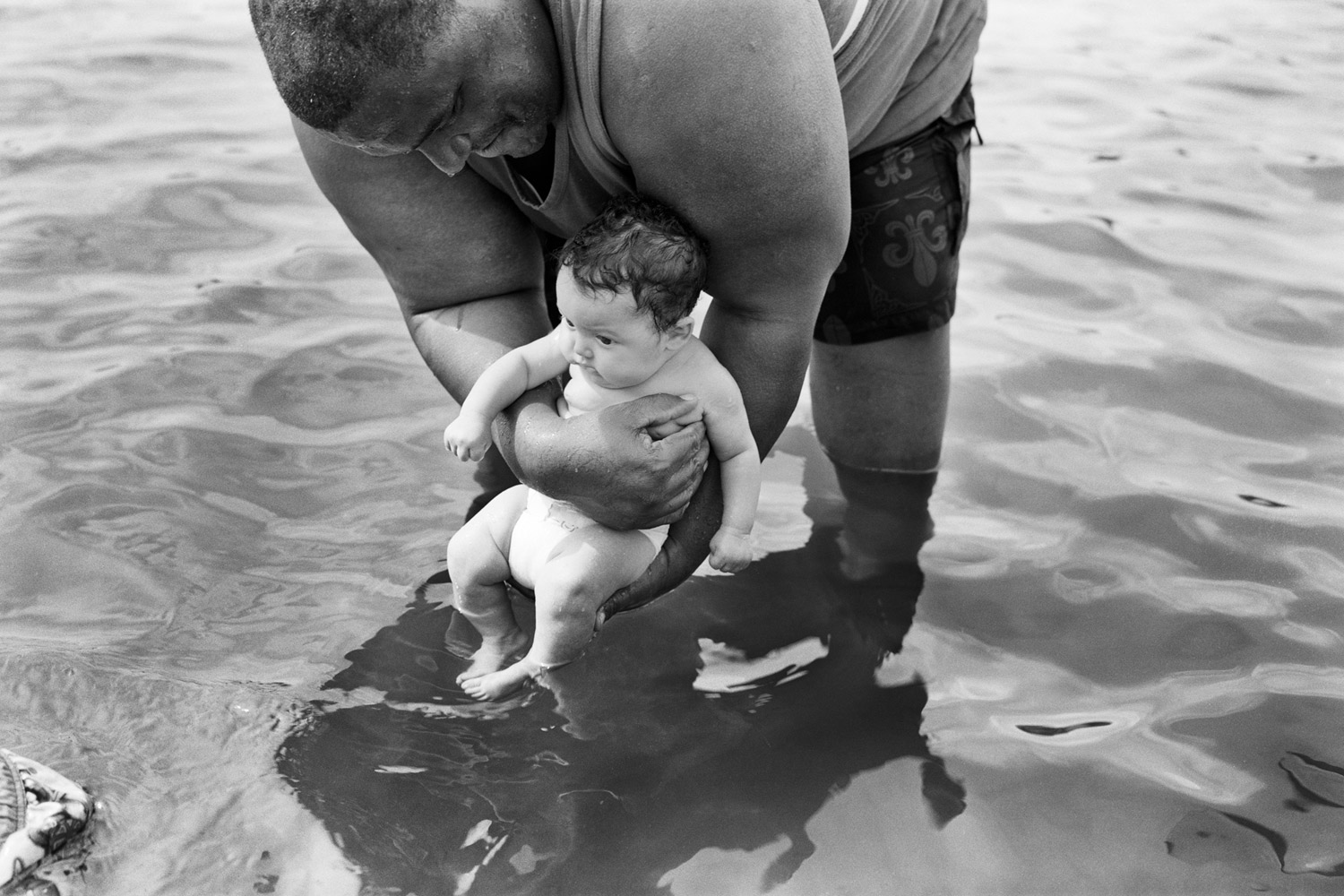
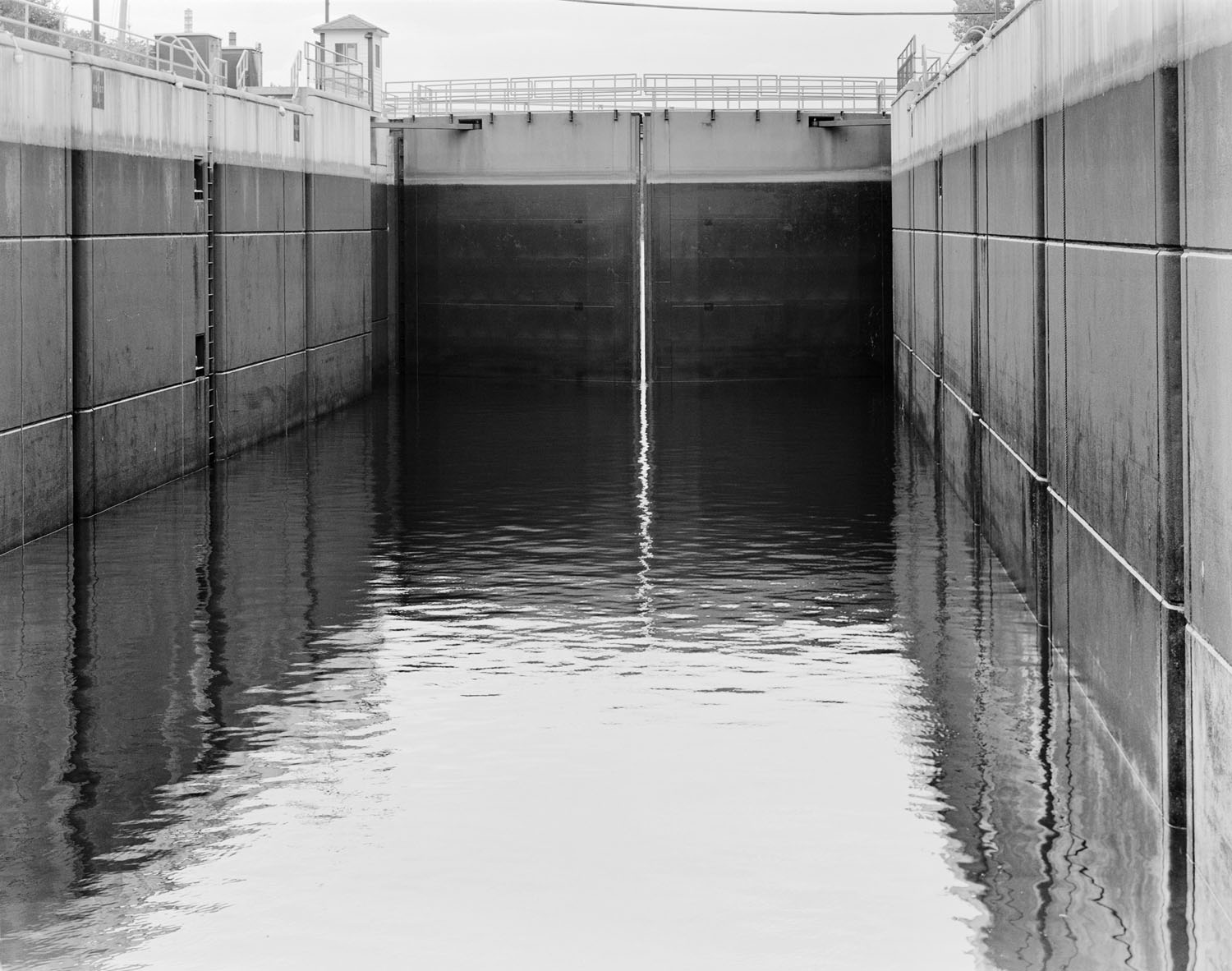
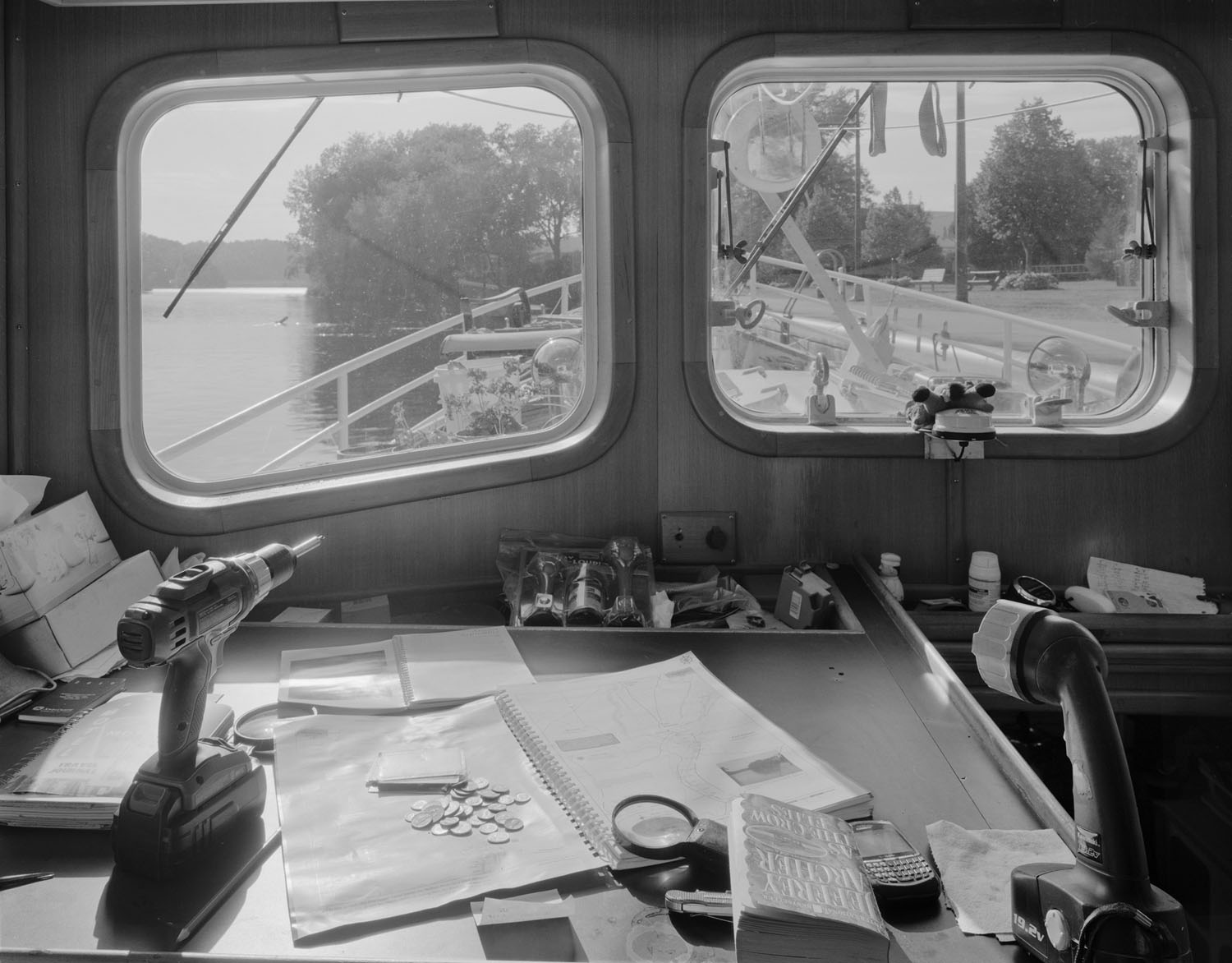
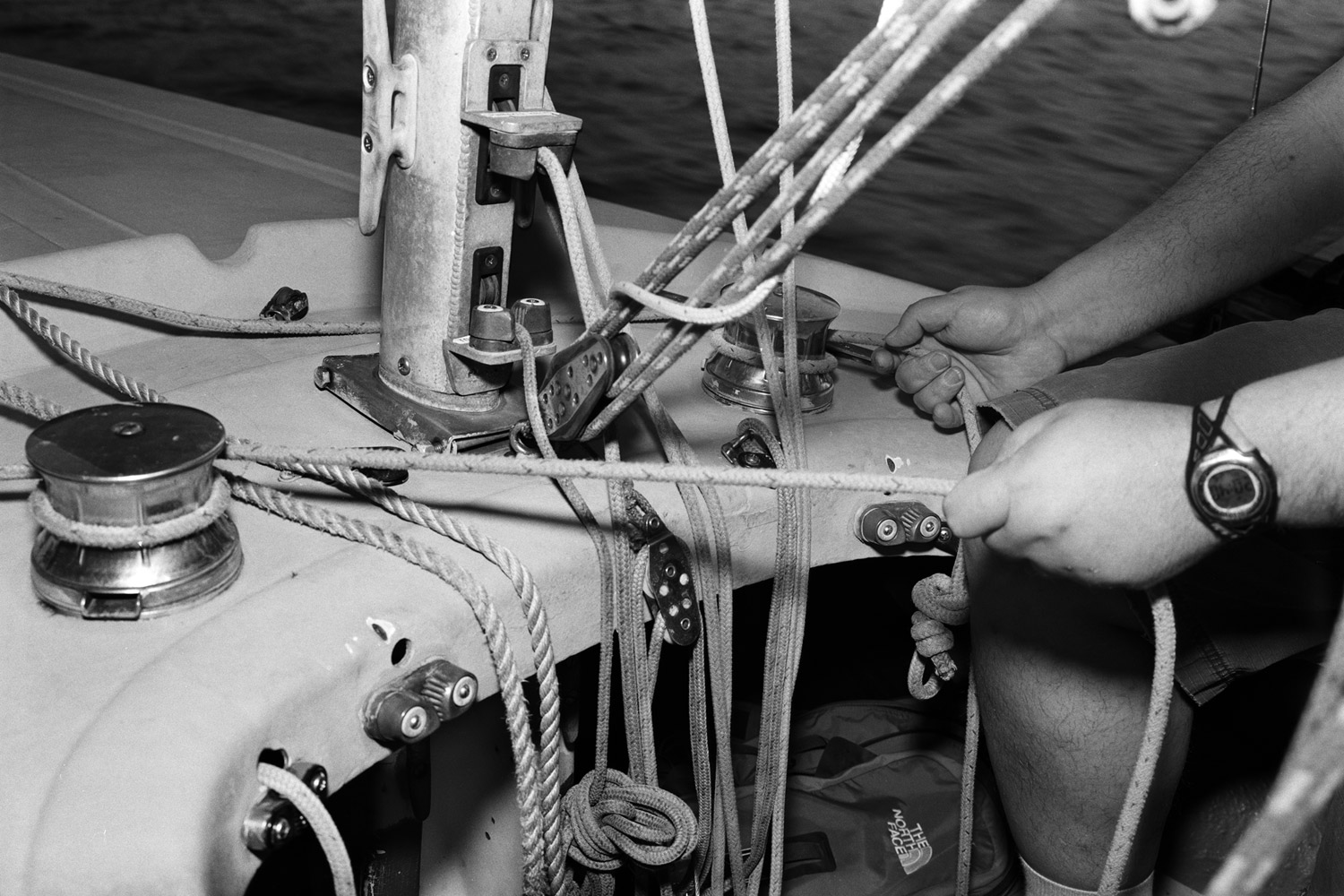
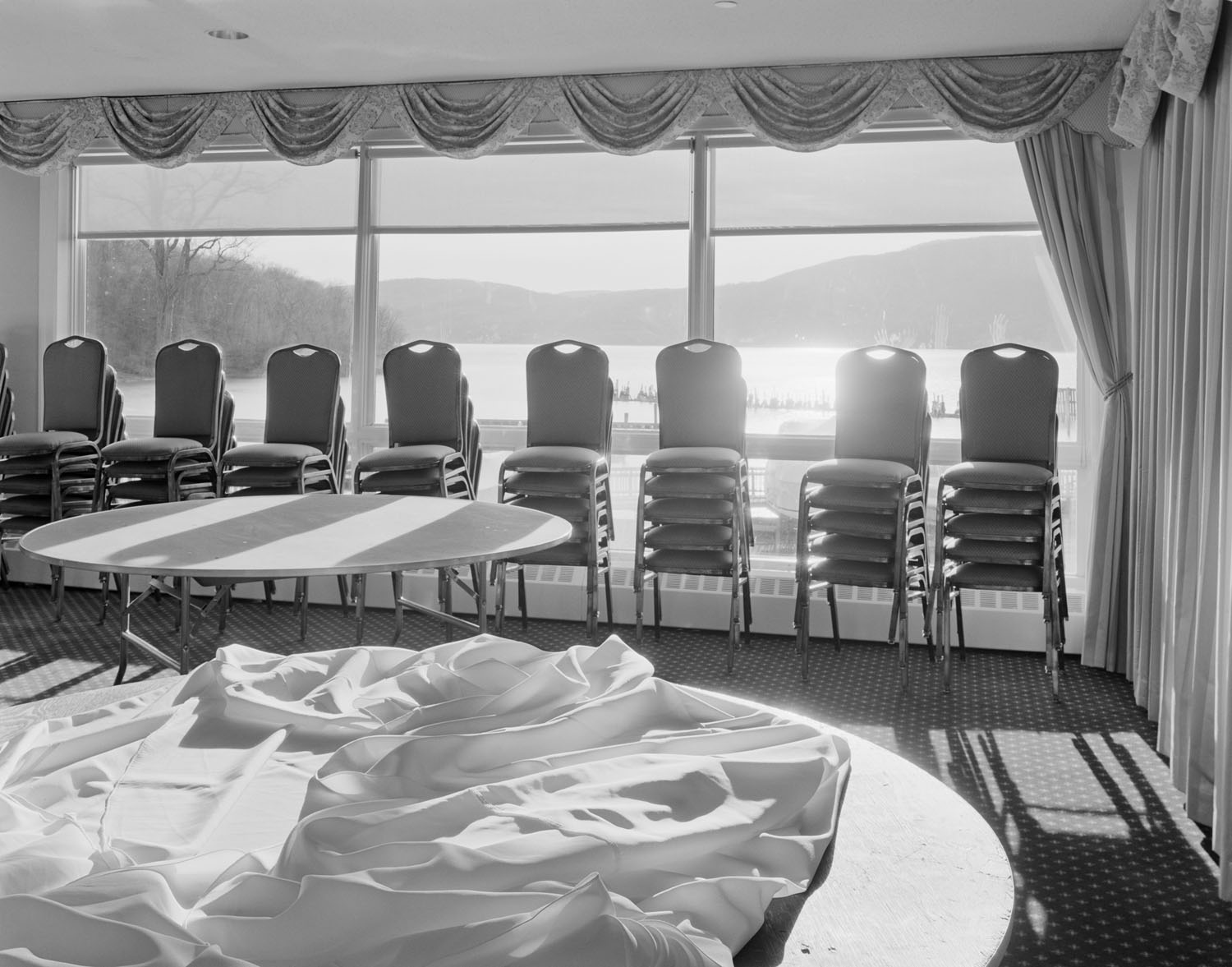
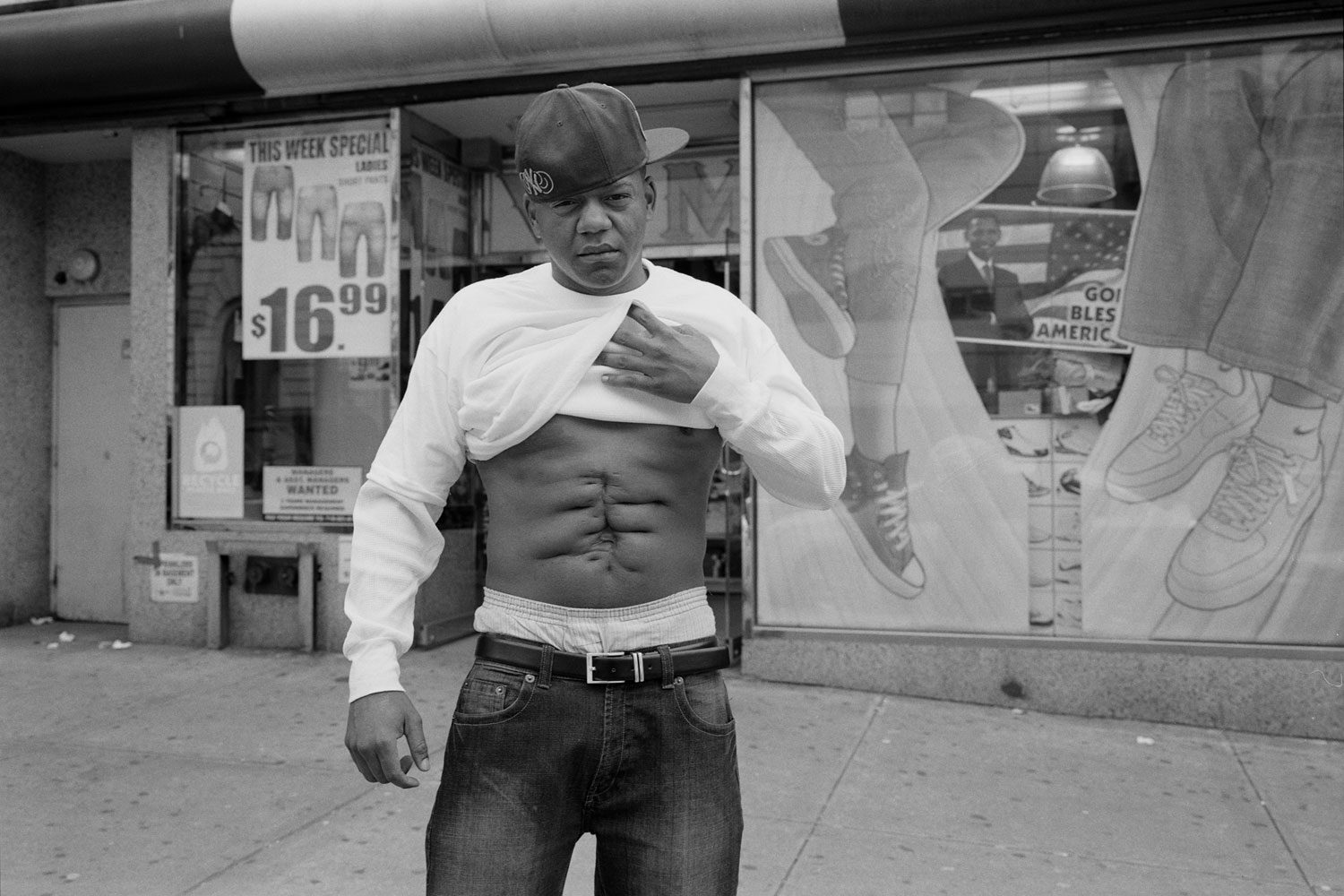



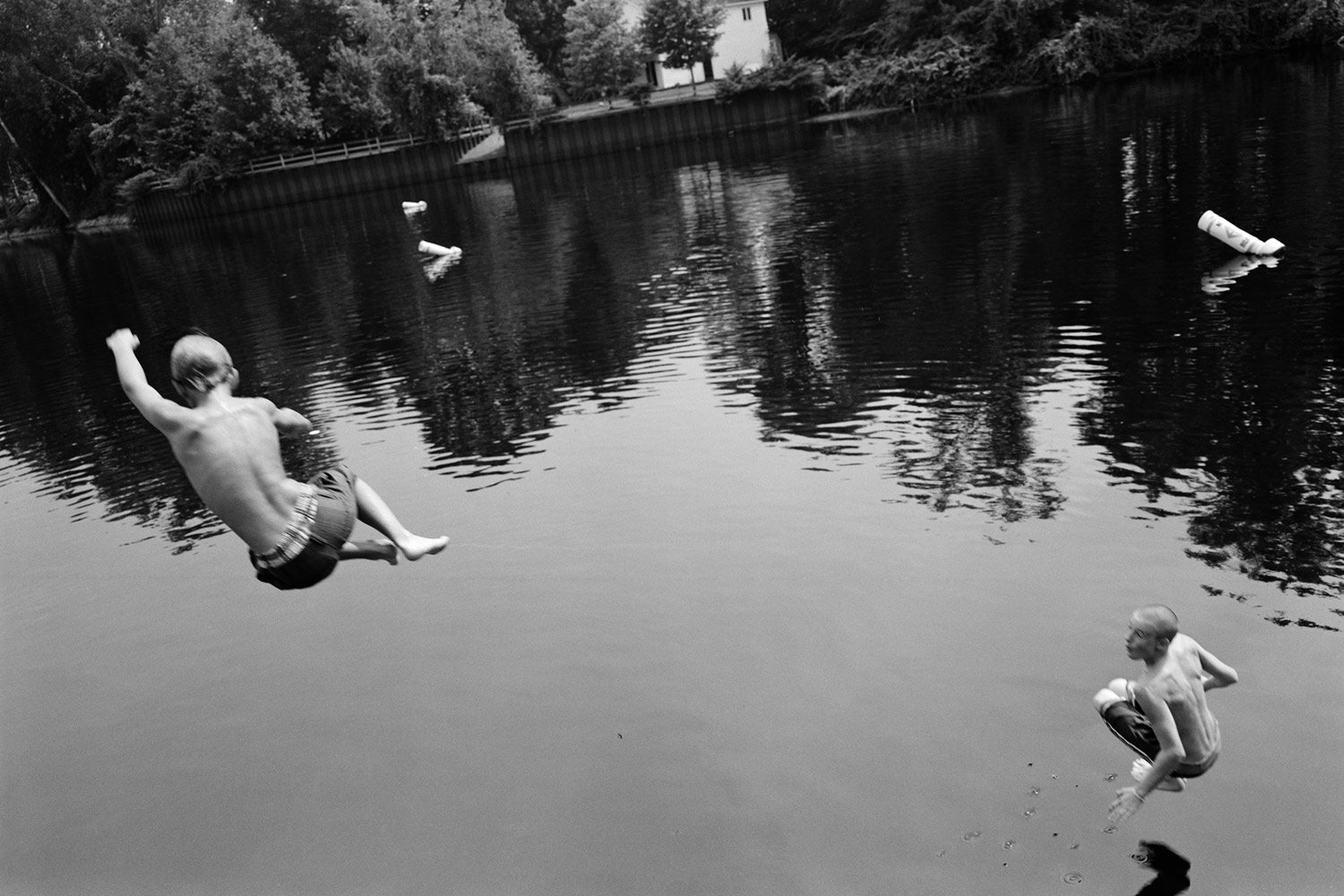
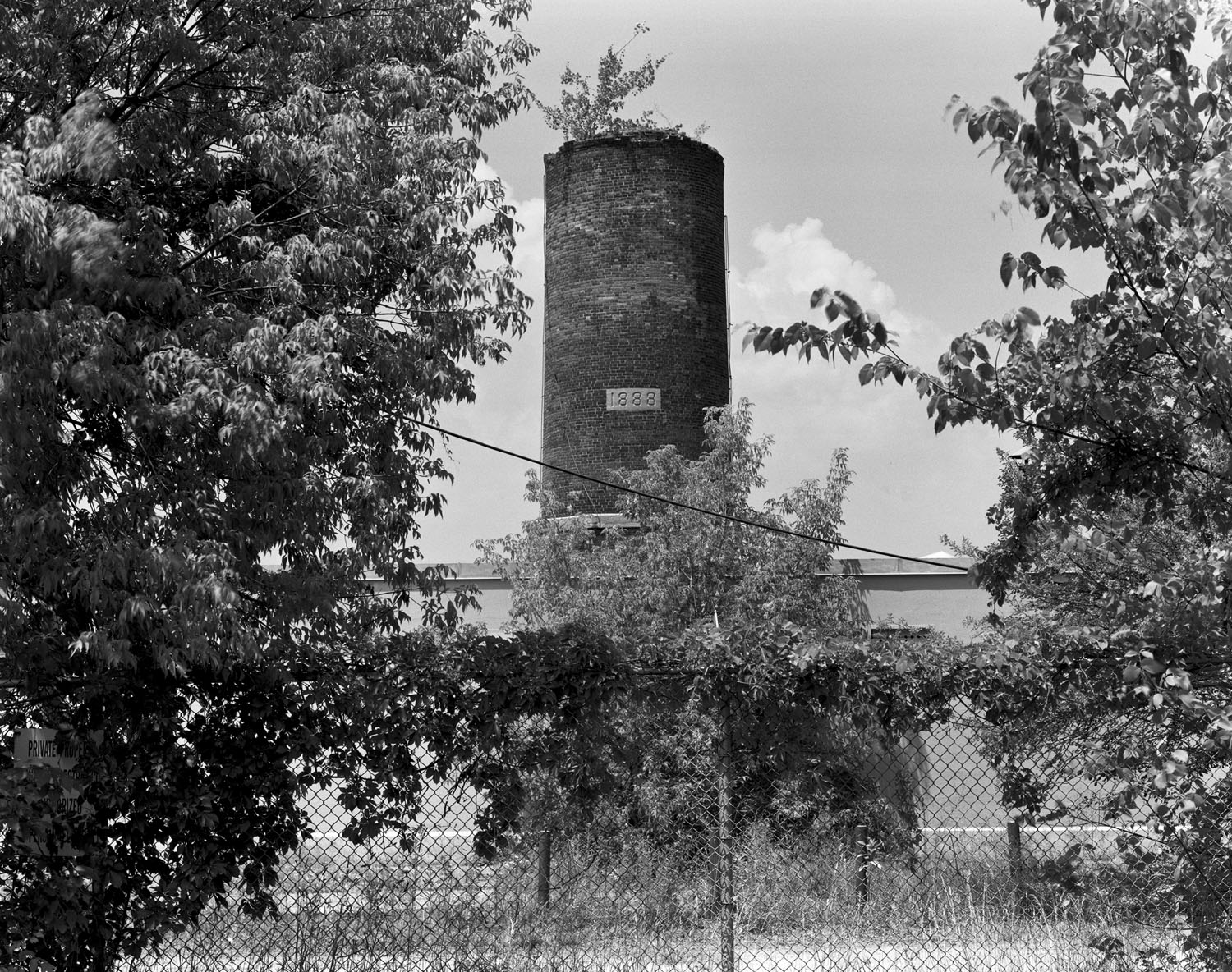
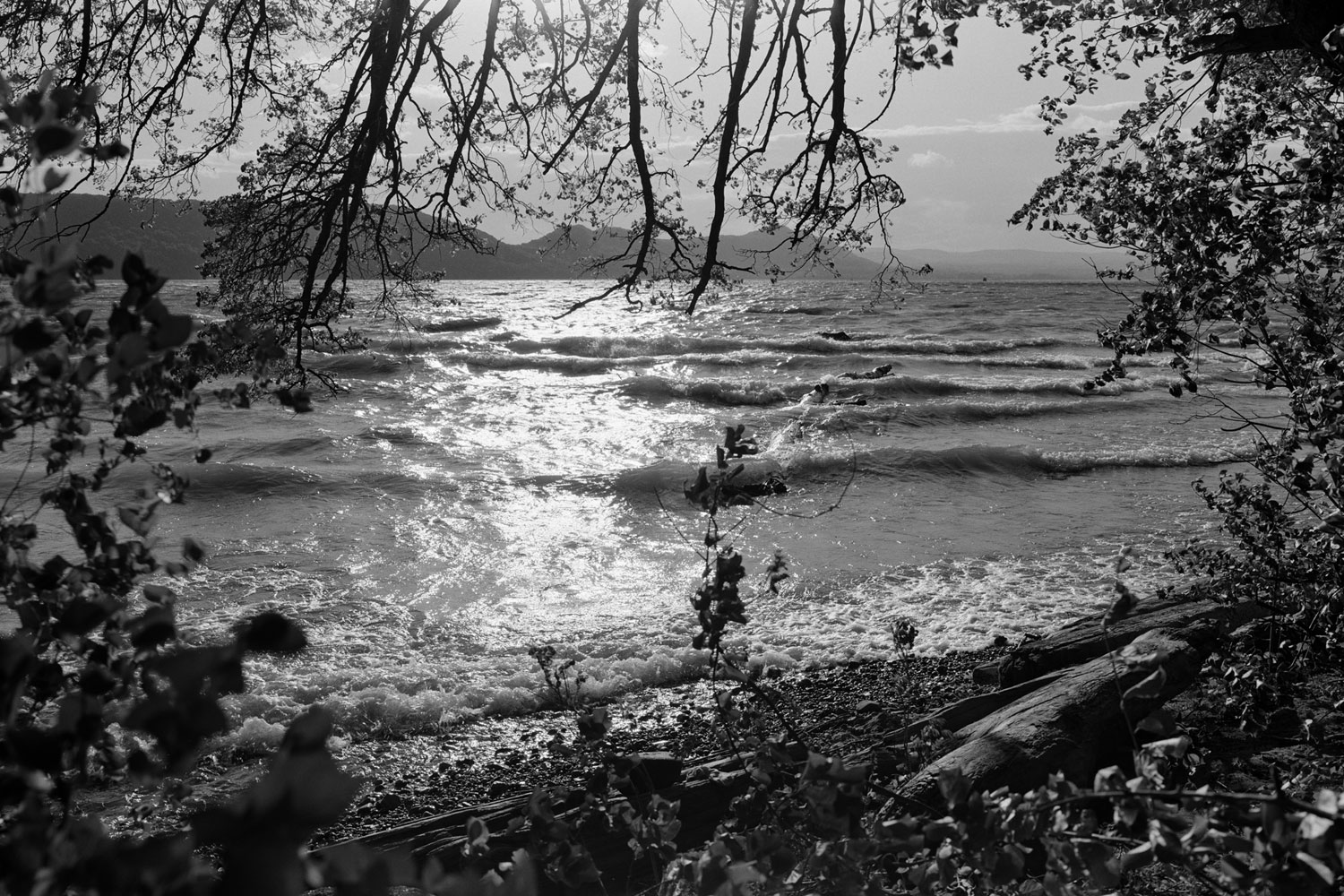
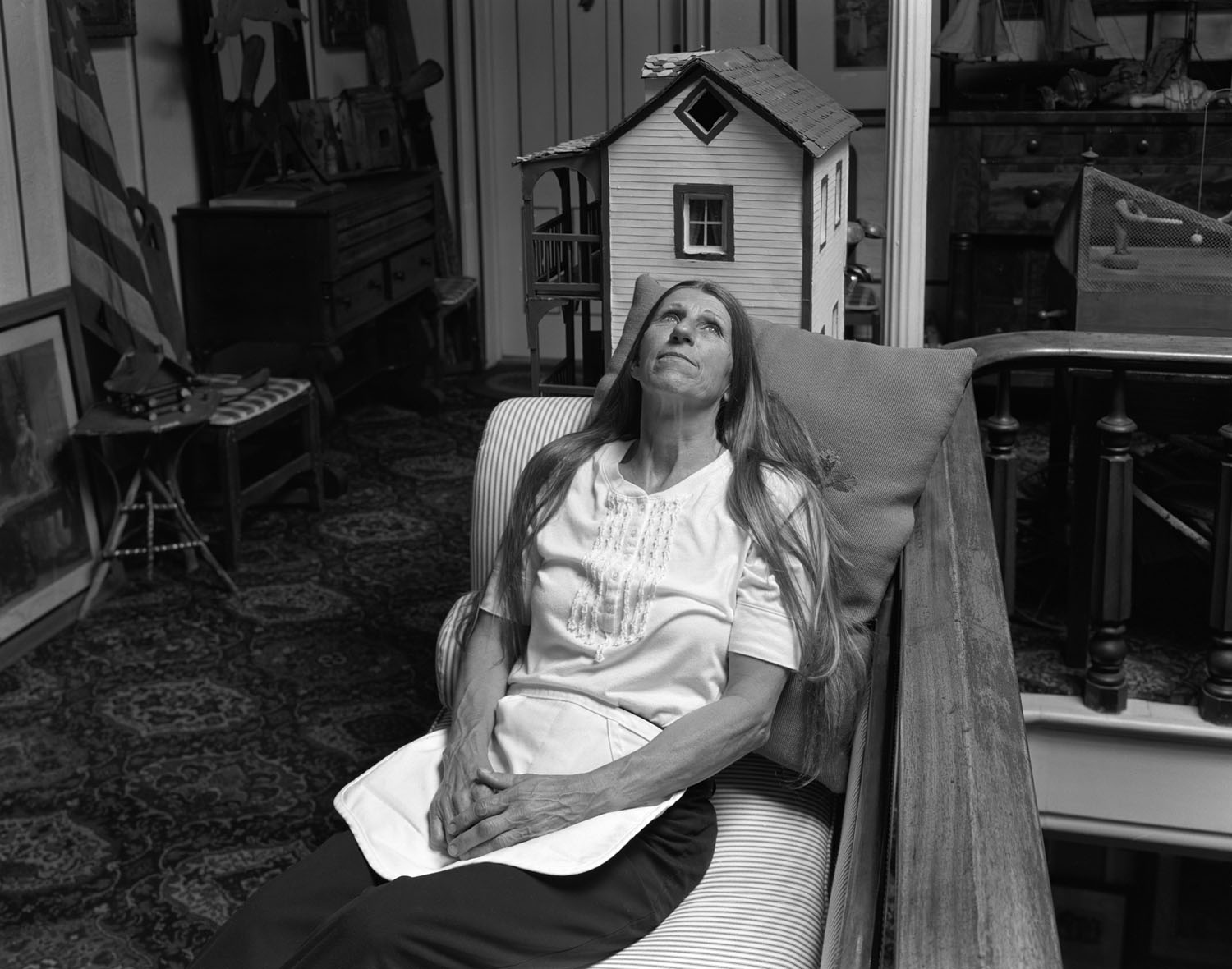
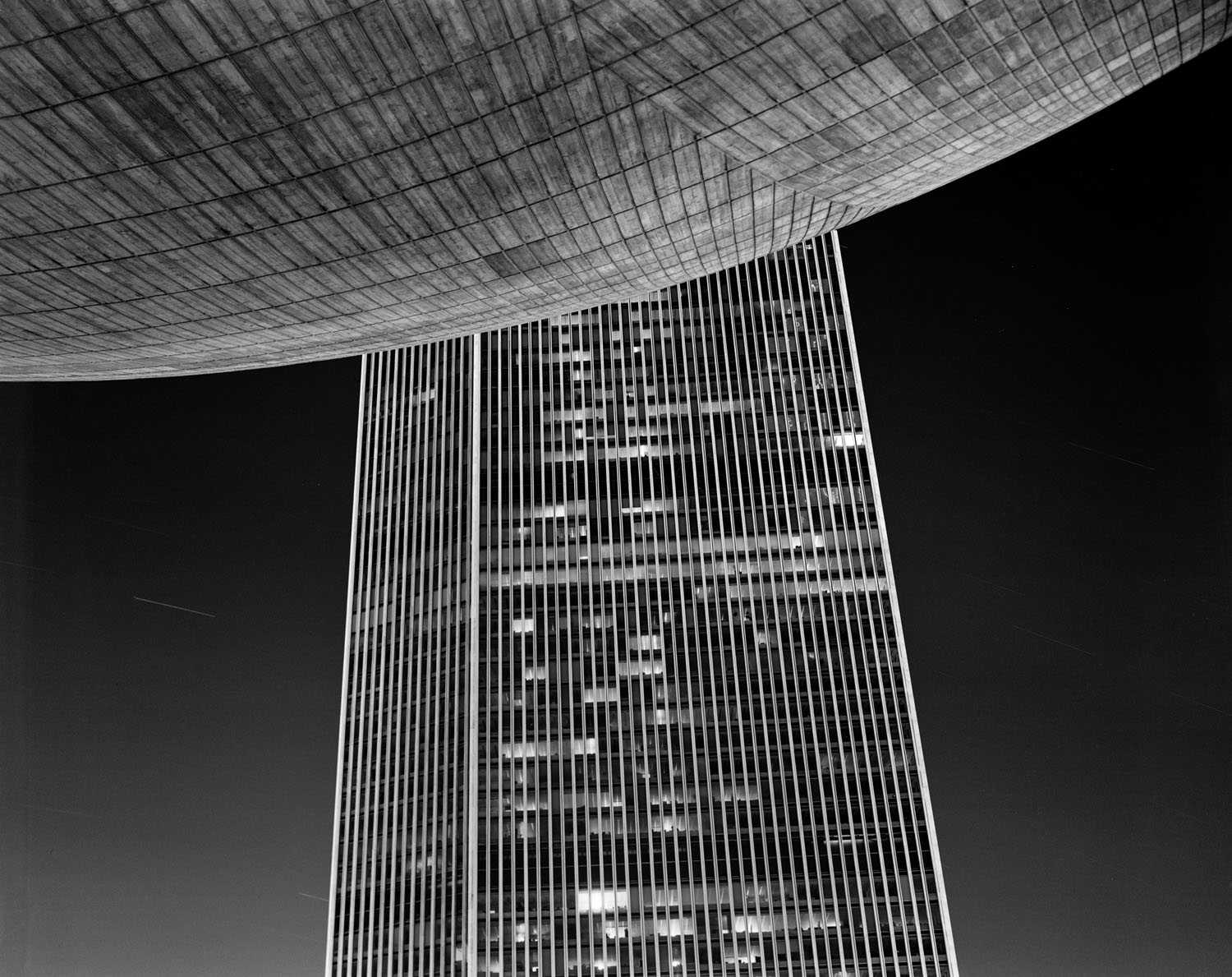
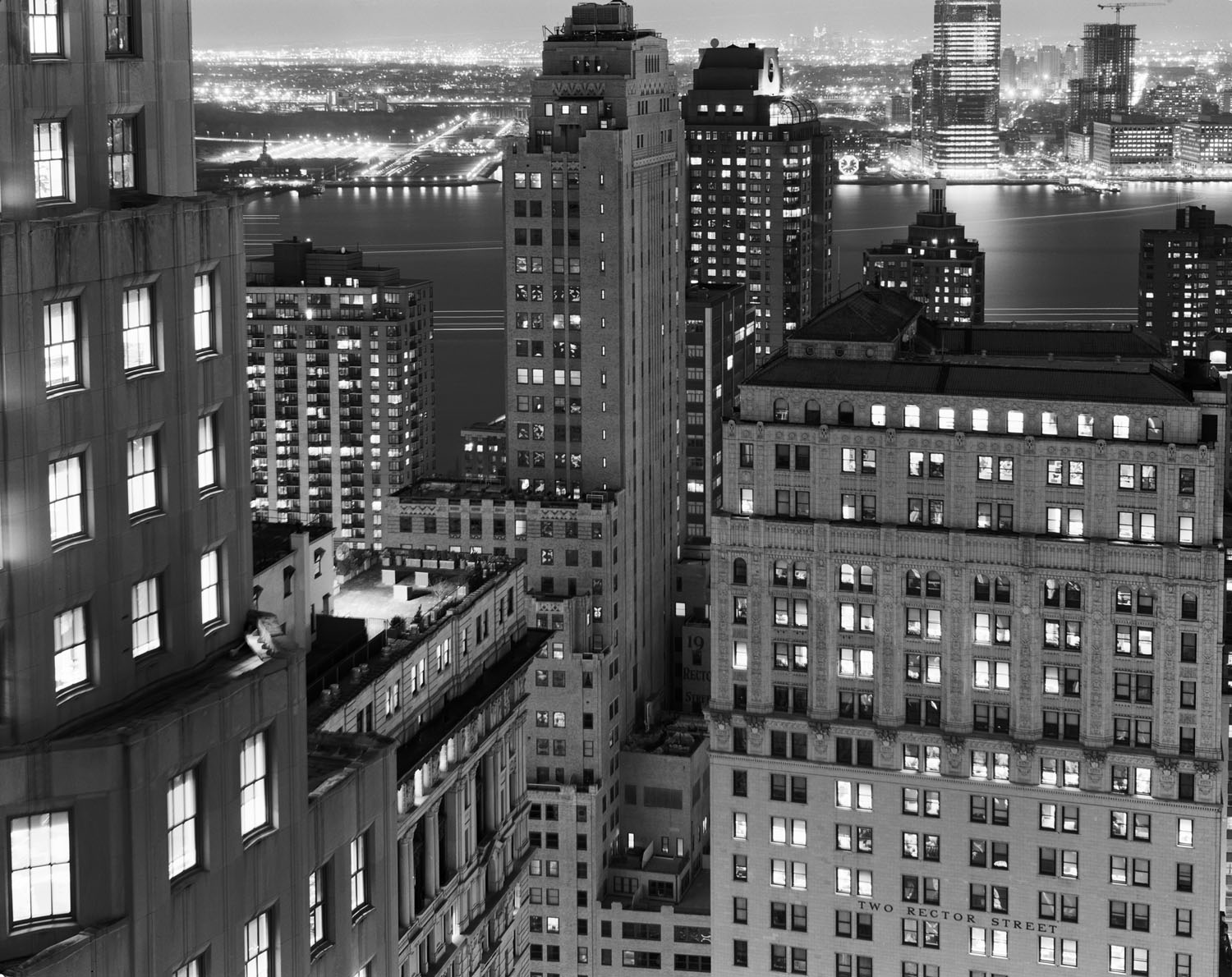

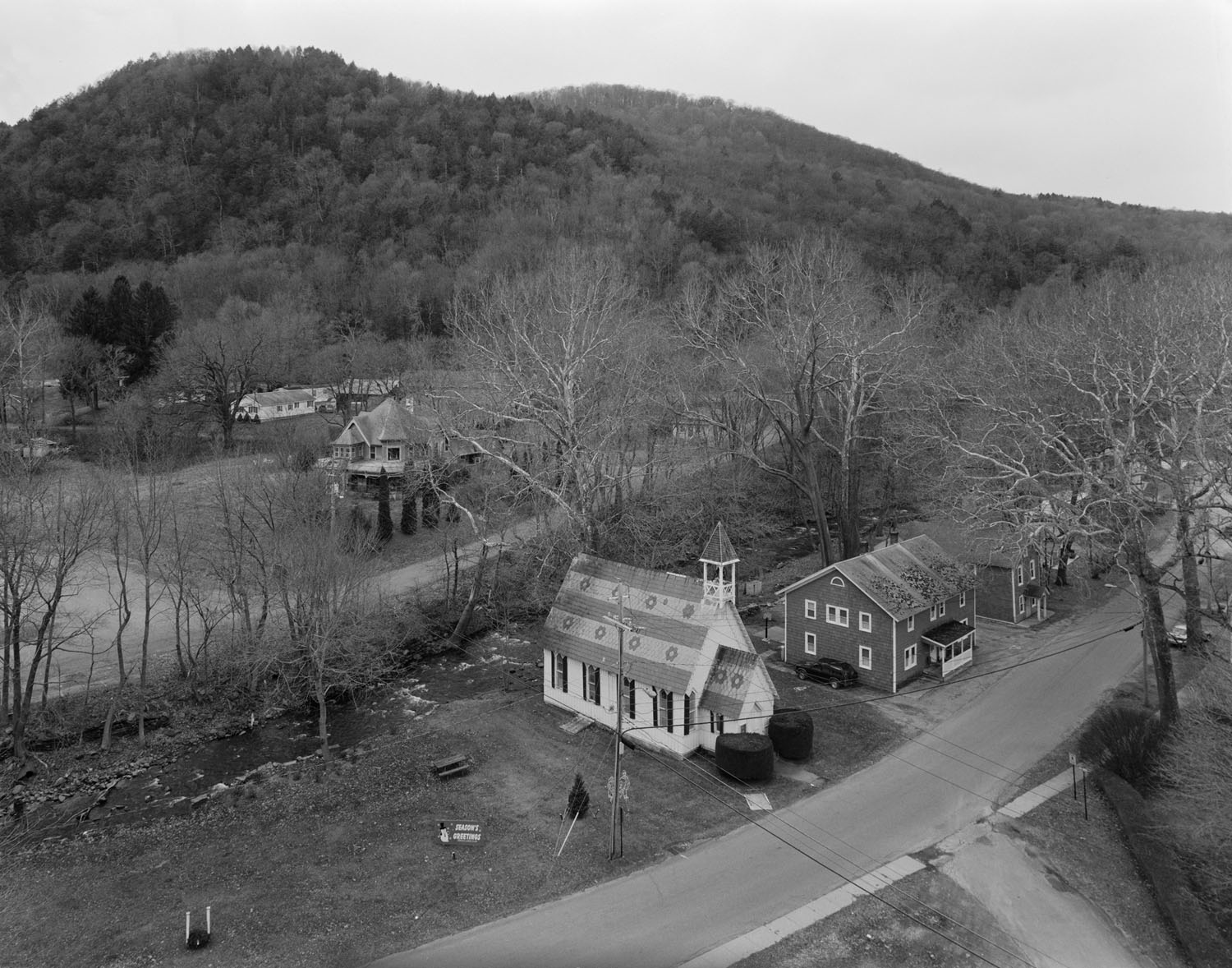

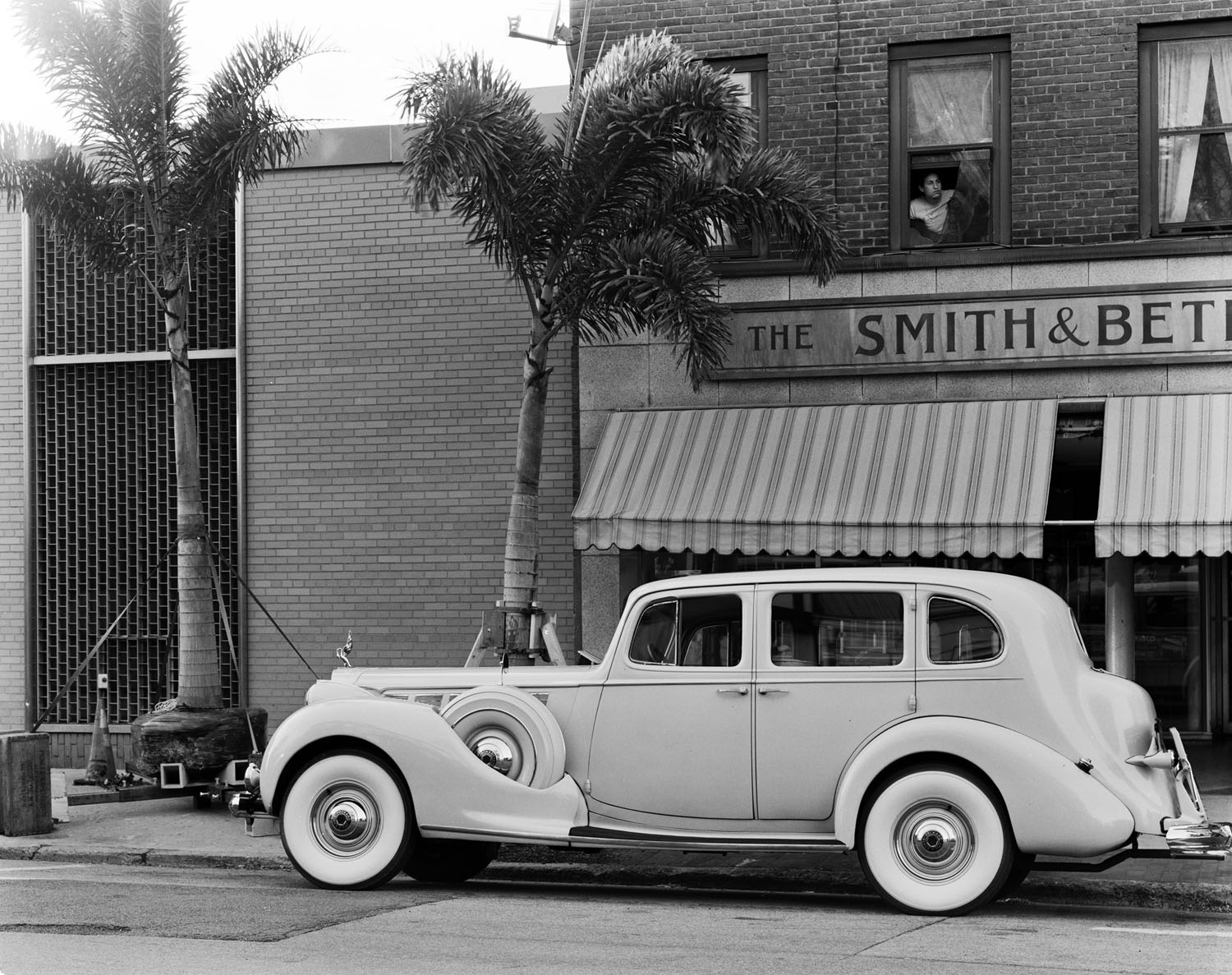

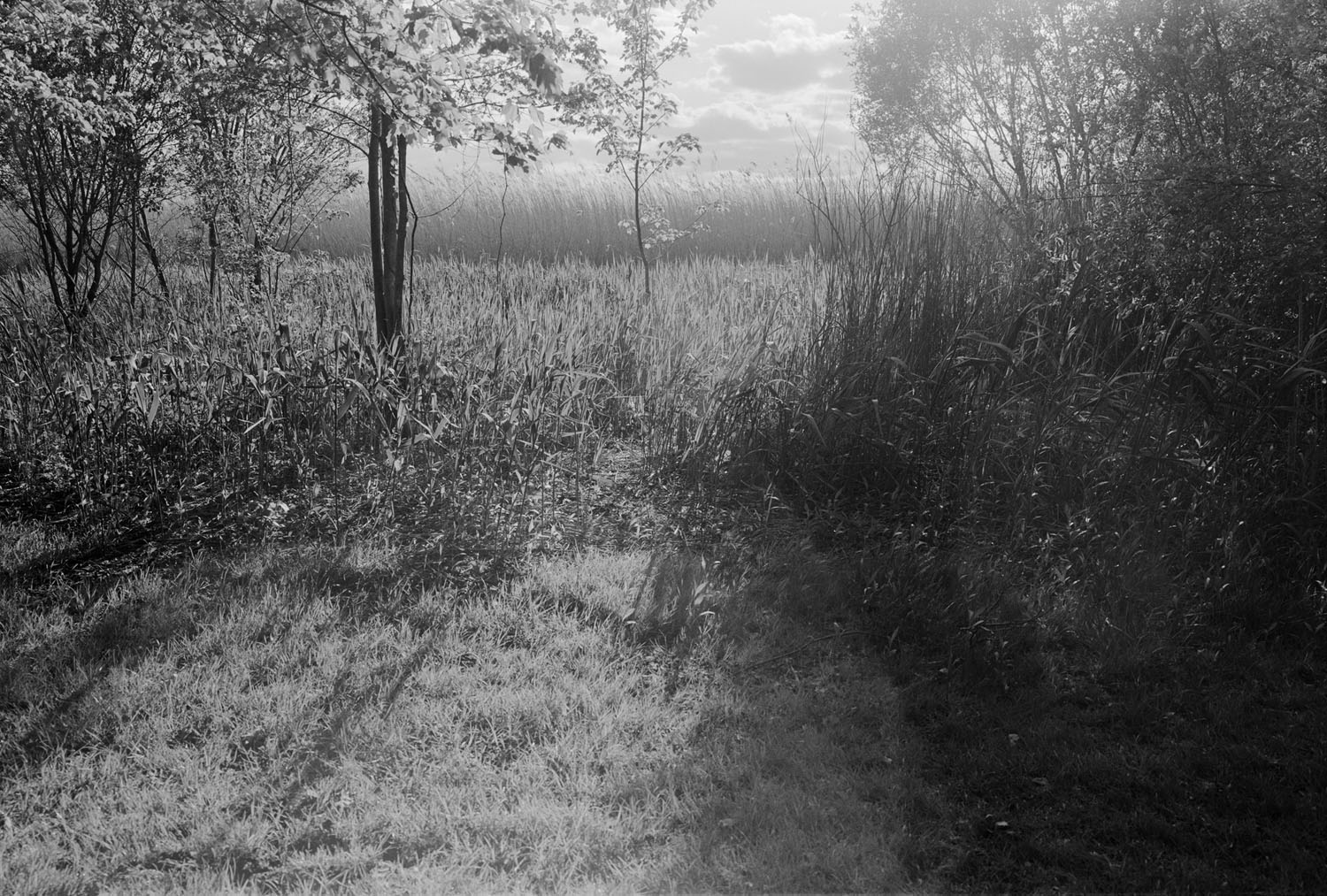
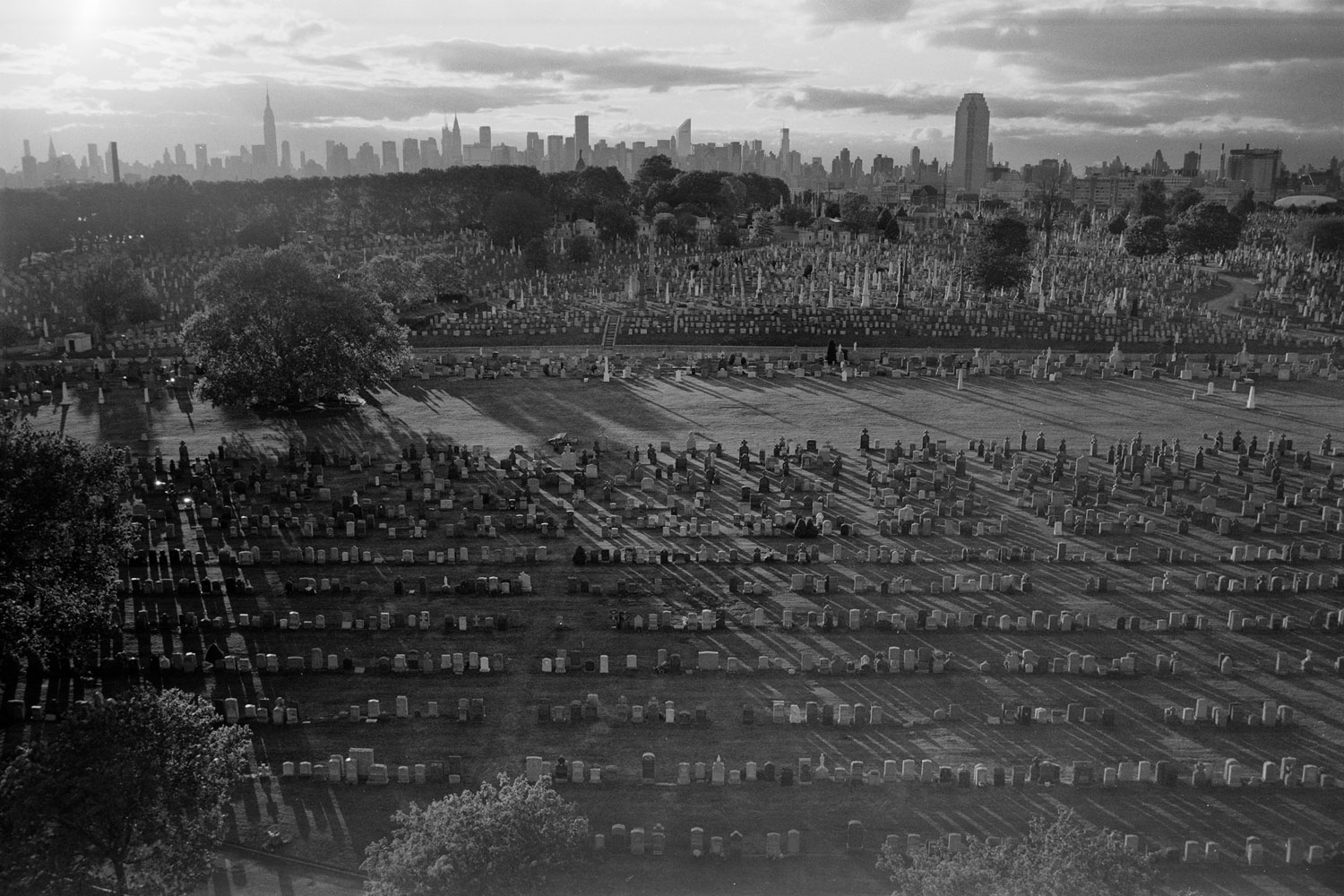

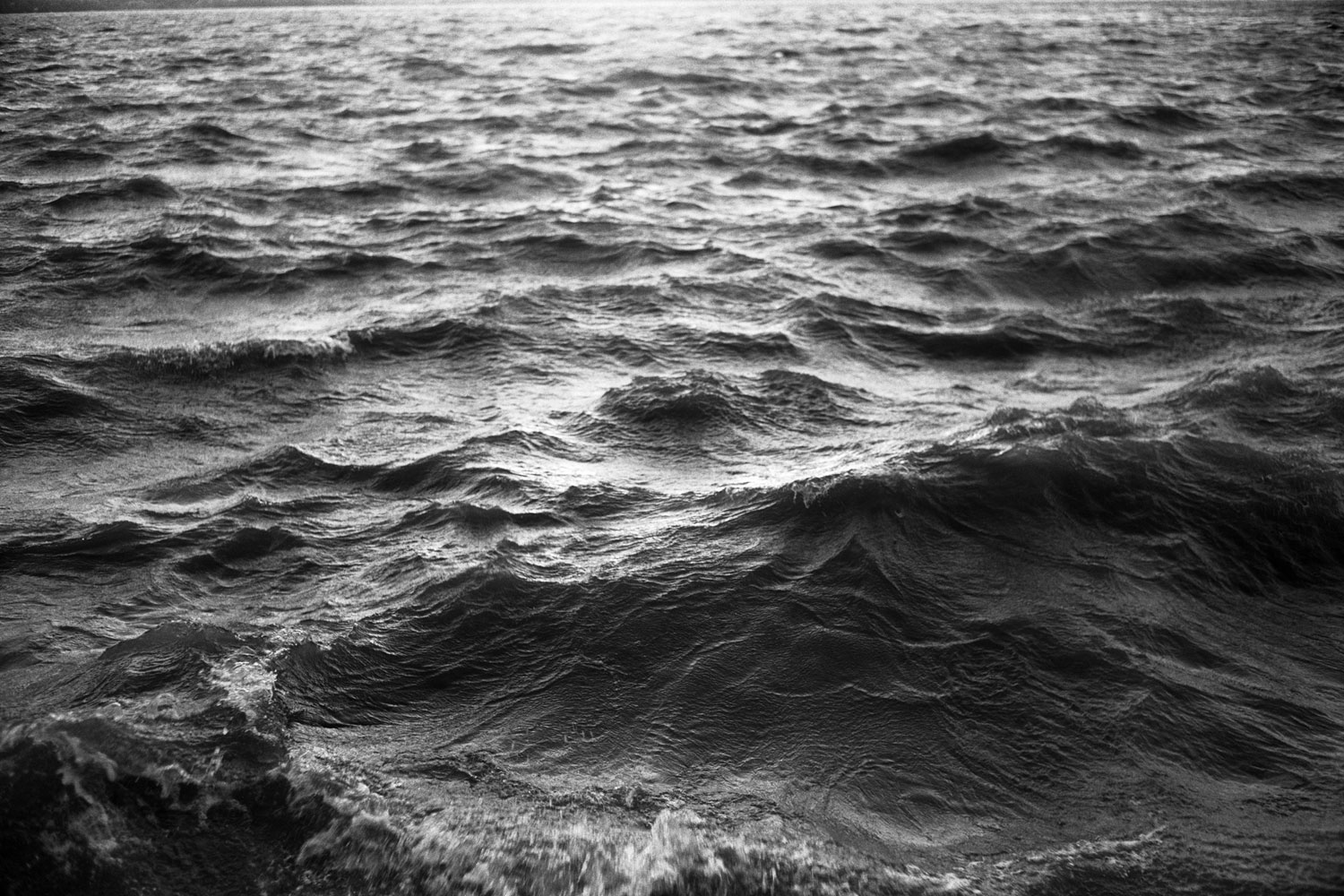
More Must-Reads from TIME
- Cybersecurity Experts Are Sounding the Alarm on DOGE
- Meet the 2025 Women of the Year
- The Harsh Truth About Disability Inclusion
- Why Do More Young Adults Have Cancer?
- Colman Domingo Leads With Radical Love
- How to Get Better at Doing Things Alone
- Michelle Zauner Stares Down the Darkness
Contact us at letters@time.com